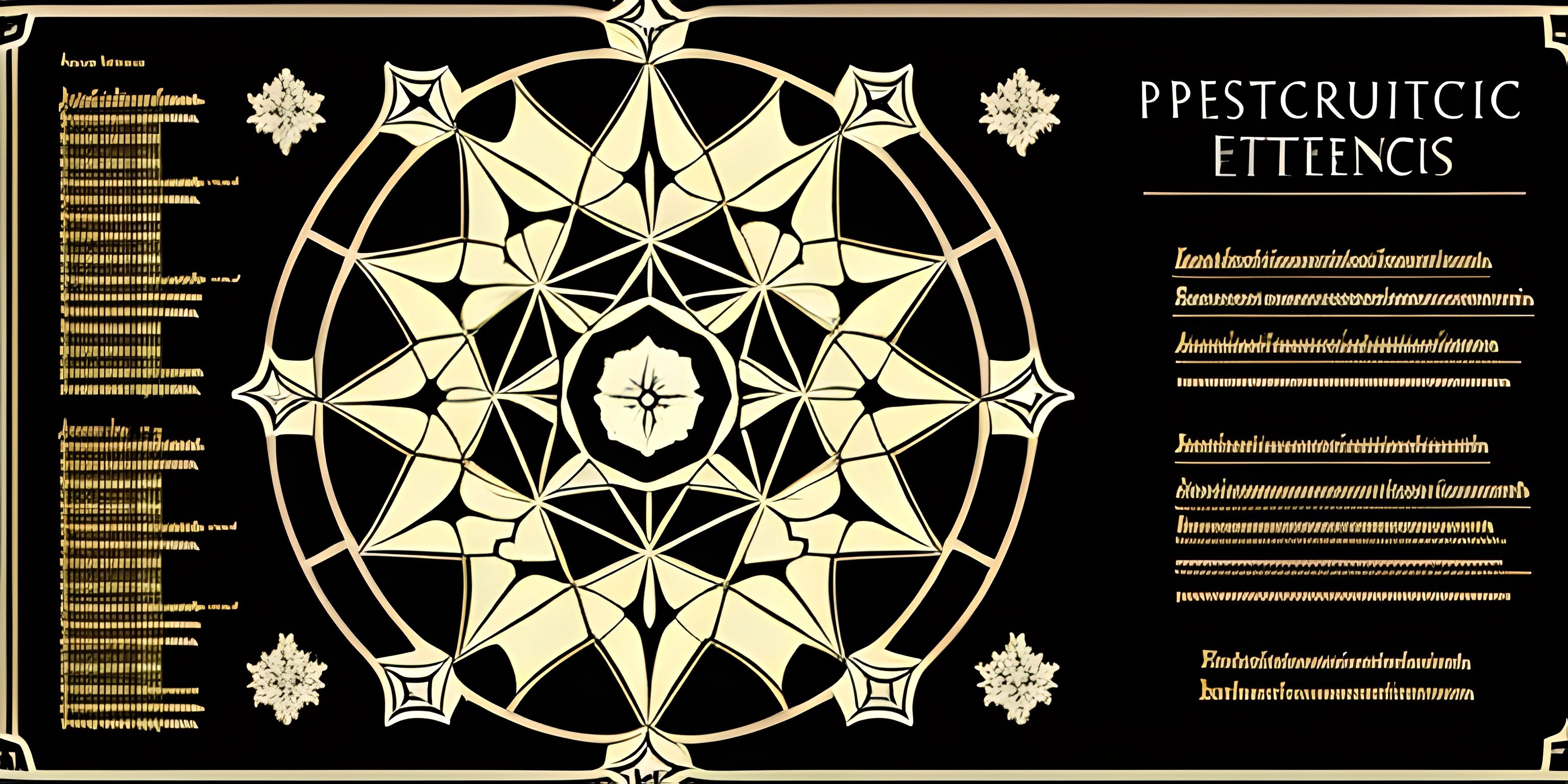Esoteric Programming Languages and Their Unique Features

Note: this page has been created with the use of AI. Please take caution, and note that the content of this page does not necessarily reflect the opinion of Cratecode.
When you think of programming languages, you may think of popular ones like Python, Java, or JavaScript. However, have you ever come across languages that are designed to be more like puzzles, jokes, or experiments rather than for practical use? Welcome to the world of esoteric programming languages, where you'll find fascinating gems that challenge conventional programming wisdom.
What are Esoteric Programming Languages?
Esoteric programming languages, or esolangs, are languages that are designed as experiments, jokes, or challenges rather than for practical use. They often push the boundaries of what a programming language can be, and sometimes even question the very definition of a programming language.
Some esolangs are intentionally hard to read and understand, while others are created to explore new paradigms, minimalism, or just to have some fun. Let's dive into a few notable examples.
Brainfuck
Brainfuck (BF) is perhaps the most well-known esoteric language. Created in 1993 by Urban Müller, BF consists of only eight commands and is designed to challenge programmers to write code using a minimalistic instruction set. The language is Turing complete, which means that technically, you can write any computable algorithm with it, but doing so is often a daunting task due to its simplicity and limited syntax.
Here's a simple example that prints "Hello, world!" in BF:
++++++++++[>+>+++>+++++++>++++++++++<<<<-]>>>++.>+.+++++++..+++.<<++++++++++++++.------------.>+++++++++++++++.>.+++.------.--------.<<+.
INTERCAL
INTERCAL is a parody language designed by Don Woods and James M. Lyon in 1972. It stands for "Compiler Language With No Pronounceable Acronym" and is meant to be the complete antithesis of contemporary programming languages. It features unusual syntax, such as "PLEASE" and "DO" statements, and introduces bitwise operations with peculiar names such as "Mingle" and "Select." INTERCAL programs are notoriously difficult to write and understand, making them a great source of amusement.
Whitespace
Whitespace is an esoteric language created by Edwin Brady and Chris Morris in 2002. It uses only whitespace characters (spaces, tabs, and line feeds) for its syntax, making programs written in Whitespace practically invisible. The language is an exploration of minimalism and the idea of using non-printable characters for code.
Here's a simple example of a Whitespace program that prints the letter "a":
Why Create Esoteric Programming Languages?
Esoteric languages are not meant to be serious or practical. Instead, they serve various purposes, such as:
- Humor: Many esolangs are created as jokes, poking fun at traditional programming languages, their quirks, or the programming community itself.
- Experiments: Some esolangs are created to explore new paradigms or ideas in programming, pushing the boundaries of language design.
- Challenges: Esolangs often challenge programmers to think outside the box and solve problems with unconventional tools and restrictions.
While esoteric languages may not be practical for everyday use, they do offer a fascinating glimpse into the creativity and humor of the programming community. Exploring these languages can be a fun way to learn about programming concepts, stretch your mental muscles, and appreciate the diversity of programming languages.
So, grab your favorite text editor and dive into the intriguing world of esoteric programming languages. Who knows, you might even be inspired to create your own!
Hey there! Want to learn more? Cratecode is an online learning platform that lets you forge your own path. Click here to check out a lesson: Rust - A Language You'll Love (psst, it's free!).
FAQ
What are esoteric programming languages?
Esoteric programming languages, often shortened to esolangs, are experimental and unconventional programming languages designed to explore new ideas, challenge and amuse programmers, or as a form of artistic expression. They're not meant for practical use, but rather for testing the boundaries of what's possible in programming language design.
Can you provide examples of popular esoteric programming languages?
Absolutely! Some well-known esoteric programming languages include:
- Brainfuck: Minimalistic and challenging, using only eight commands and a memory buffer
- INTERCAL: Designed to be the opposite of conventional programming languages, with unique syntax and control structures
- Piet: Visual programming language that uses colors and images as code
- Befunge: Two-dimensional language with self-modifying code
- Malbolge: Designed to be as difficult as possible to understand and use
Why were esoteric programming languages created?
Esoteric programming languages are created for various reasons, such as:
- To experiment with new programming concepts and paradigms
- To challenge and entertain experienced programmers
- As a form of artistic expression or intellectual curiosity
- To satirize or critique aspects of "mainstream" programming languages While they're not practical for everyday use, they can provide valuable insights into the possibilities and limitations of programming language design.
Are esoteric programming languages worth learning?
While esoteric programming languages aren't practical for everyday use, they can still be worth learning for a few reasons:
- They can challenge your understanding of programming concepts and force you to think outside the box
- They can be fun and engaging, providing a unique way to pass the time or bond with fellow programmers
- They can help you appreciate the design choices and features of more conventional programming languages However, if you're new to programming, it's recommended to start with more accessible languages before diving into the world of esoterica.
Can I create my own esoteric programming language?
Absolutely! Creating your own esoteric programming language can be a fun and rewarding project. You'll need to come up with an idea, design the syntax and semantics, and possibly create a compiler, interpreter, or other tool to execute the code. Remember, the more unconventional and thought-provoking your language is, the more it fits into the esolang genre. Have fun experimenting and exploring new concepts!





